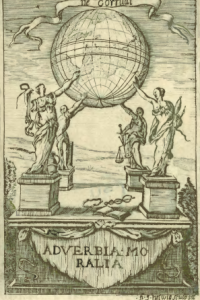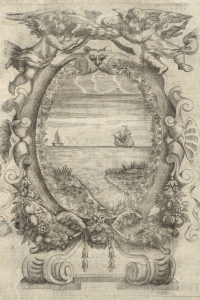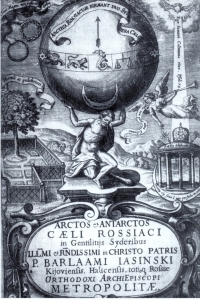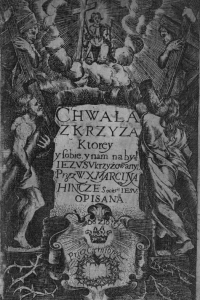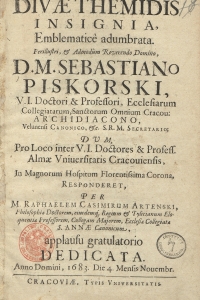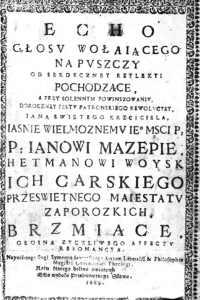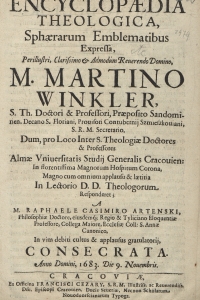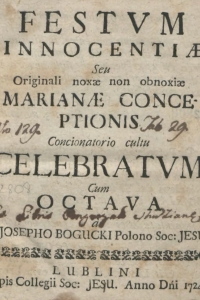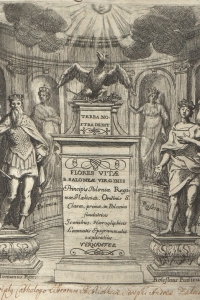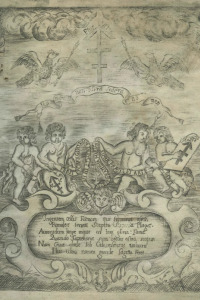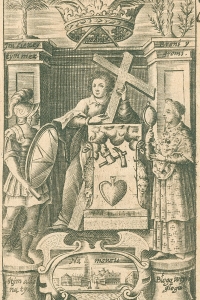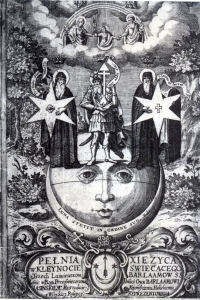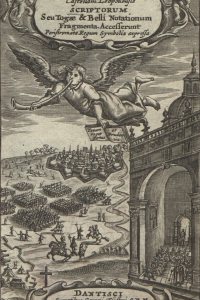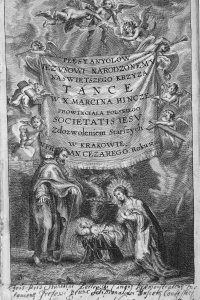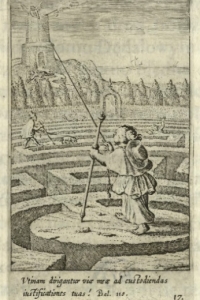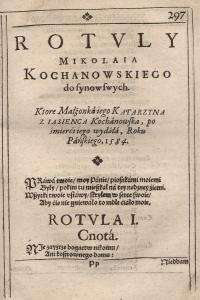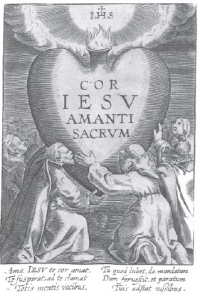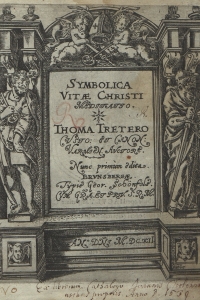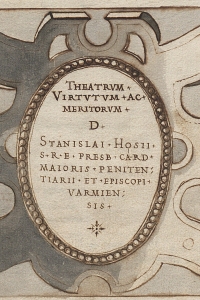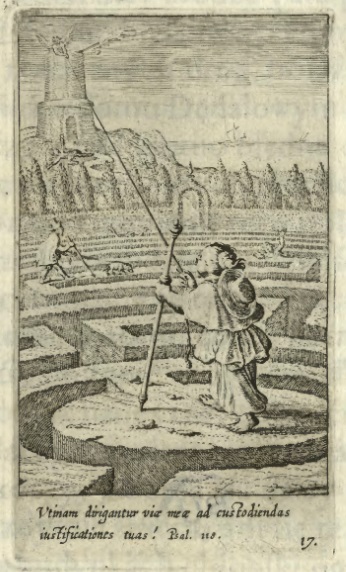 |
Author: Herman Hugon, trans. Aleksander Teodor Lacki Title: Pobożne pragnienia Editio princeps: Kraków 1673 in a publishing house of Krzysztof Schedel's successors Project of copperplate engravings: Boetius a Bolswert Engraver: Boetius a Bolswert Access: oldprint Short description: Pobożne pragnienia is probably the first Polish translation of a very popular Pia desideria by Herman Hugon. Editio princeps was printed in two versions: the first one on a better paper and with engravings, and the second one on a paper of a lower quality without icons. During the 17th and 18th centuries the translation was republished three times. The cycle consists of three parts mentioned in the title; each of them represents one part of soul's journey to God and contains fifteen emblems. The whole is predated with a Korczak eschuteon of Konstancja Wielopolska, to whom the translation was dedicated, and a stemmat. Lacki's work was popular among his contemporaries, several transcriptions from that period are preserved. Marshall tried to perpetuate abundant mithological invention, his translation reveals also some traces of acculturation. TR |


